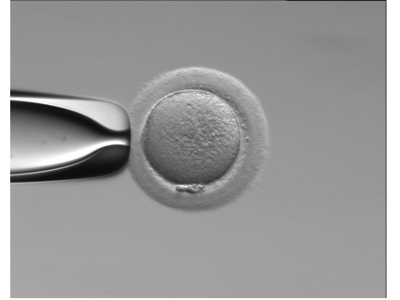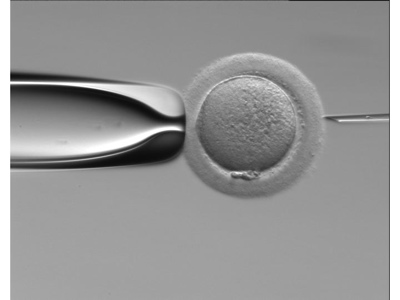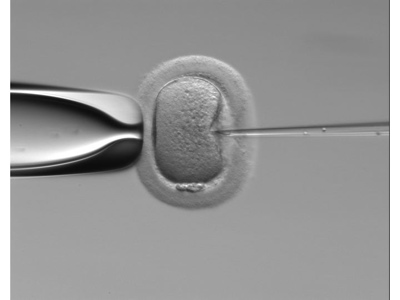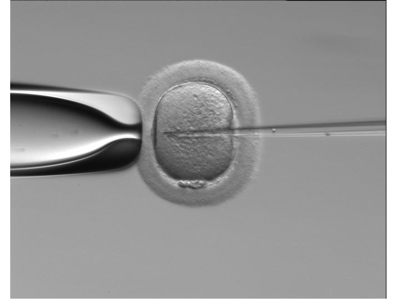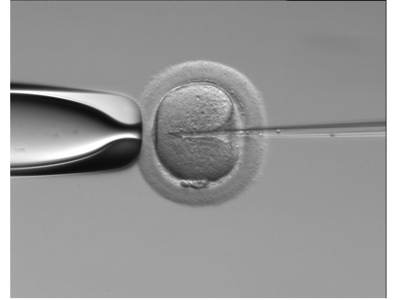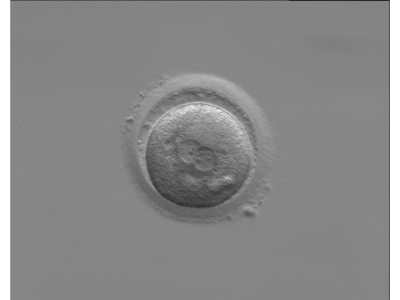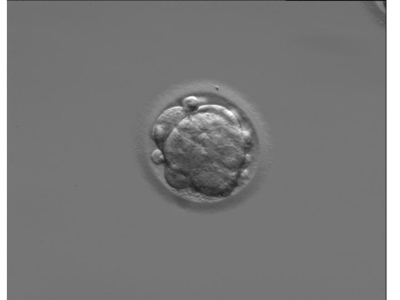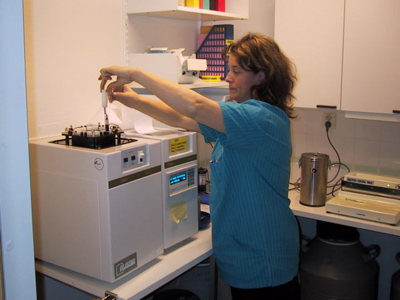How is IVF done at the Carl von Linné Clinic?

During each menstrual cycle, normally one egg is ovulated. A regulatory system choses this egg from a group of several eggs starting to mature during that cycle.
Stimulation to obtain several eggs

Hormones can be given to help the eggs reach full maturation. Normally, several eggs begin maturing but only one is allowed to reach full maturation. By giving hormones in a little higher levels than are normally found in a menstrual cycle, one can “trick” the body’s regulatory system that normally only allows one egg to reach full maturation into allowing several eggs to mature completely. This is the foundation of IVF.
Hormone stimulation of the ovaries

The other method to begin an IVF treatment is the ”short” protocol. The patient begins directly with the injection one of the first days of her period. To prevent spontaneous ovulation, a second injection is given (Cetrotide or Orgalutran) after several days. We recommend that both the first and second injection are take in the evening.
The patient takes the injections herself under the skin (subcutaneously). We will be happy to instruct you how to do this. The injection phase of the treatment is usually 8-12 days. During this time, there will be one to three ultrasound examinations. Patients with a long travel distance can often do these examinations at a local gynecologist affiliated with our clinic.
The Ovulation Injection
When the follicles appear to be mature and the estrogen levels in the blood are appropriate, the patient will take an ovulation injection (Ovitrell or Pregnyl) in the evening at an exact time specified. It is essential to take the injection at the exact time because the ovulation process begins after the injection. You will be given a time between 8:30 pm – 11:30 pm. The egg removal will be one and a half day later.
Sometimes, if there is a high risk for ovarian hyperstimulation syndrome (OHSS), we will decide NOT to give an ovulation injection. It is then important that you DO NOT take Ovitrelle. If you are on a short protocol, we may instead let you use a nose spray (Synarela or Suprecur) at a given time about 1 1/2 days before the egg retreival. Using spray for ovulation induction can affect the lining of the uterus, so often no fresh embryo is transferred. Instead, alla good quality embryos are frozen and transfer is done in a coming natural or stimulated cycle.
How will the eggs be retrieved?
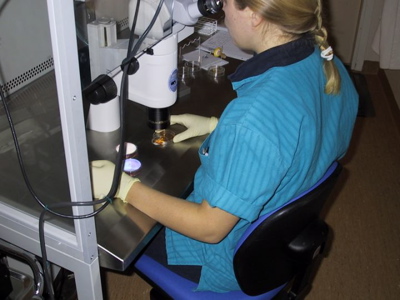 Anne looks for eggs
Anne looks for eggs
The couple will only need to stay a few hours at the clinic in connection with the egg removal. The woman should not return to work that day. She will not be allowed drive a car for the remainder of the day.
Sperm test
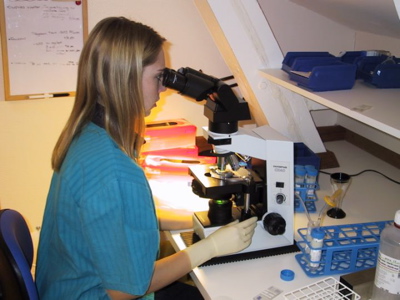 Marina counts the number of sperm
Marina counts the number of sperm
The sperm test will be prepared to obtain the most vital sperm. Then, the egg and sperm will be put together in a petri dish (standard IVF). If the sperm count is low or quality poor, microinjection technique (ICSI) will be used to help one sperm into each egg. In uncertain cases, the eggs can be divided into two groups and and standard IVF used in one group and ICSI for the other.
Culturing eggs and embryos
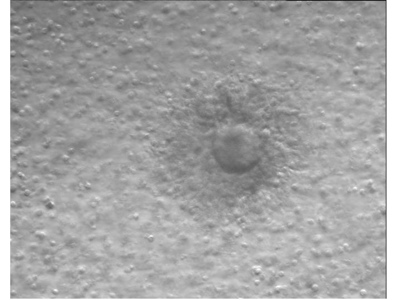 Egg surrounded by cumulus cells
Egg surrounded by cumulus cells
After two days, the embryo will be chosen for transfer if it is to be transferred on day 2. The remainer will either be chosen for cryopreserved day 2 or further cultured three more days to blastocyst for possible cryopreservation (freezing) then. How we determine which embryos are chosen can be found under Science and Results. Please see addition information under blastocyst.
Transfer of the embryo(s) to the woman
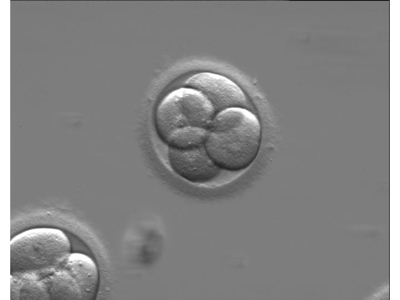 A good quality embryo with four cells
A good quality embryo with four cells
If one or two can be transferred is determined by the Carl von Linné’s unique scoring model, which shows which embryo(s) will optimized the chance to become a normally healthy child. (Please read more under Science and Results).
Please plan to be at the clinic for up to an hour on the day of transfer. No painkiller or sedation is needed for this procedure so the woman can return to work and there are no further restrictions afterwords.
After the transfer

IVF treatment schedules schematically
Show or get pdf (in Swedish) showing a long (with spray) or short stimulation schedule (with ovulation inhibitor injections). Please click here
General Information
 Anne demonstrates microinjection technique (ICSI) with sperm
Anne demonstrates microinjection technique (ICSI) with sperm
Detailed oral and written information will be given when planning your treatment. We treat each couple individually regarding the planning of treatment, dosage, etc. Also, each couple will receive an individual prognosis of their chance of success in IVF.
This is how microinjection (ICSI) is performed
The embryo in various stages

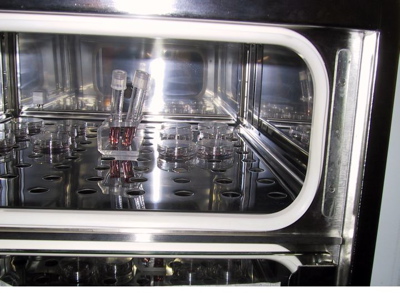
It is also important that we continuously are responsive to new developments in this field and compare new and old methods. An example is when new culture mediums are introduced. Principally, changes need to be made with scientific precision and caution. We are probably less likely than others to abandon old methods without properly evaluating the difference on the effect on the outcome. Experience has taught us that many new methods or techniques are only fads and, when tested, do not improve outcome, thus, do not hold when critically scrutinized.
When it comes to important things like helping people affected by involuntary childlessness, one must not be deceived to make changes for the worse. Some methods can be revealed to be inferior only after our own evaluation. We have a unique possibility to use our unique mathematical models when we test new methods. The key words are “evidence based” or “proven improvement”.


